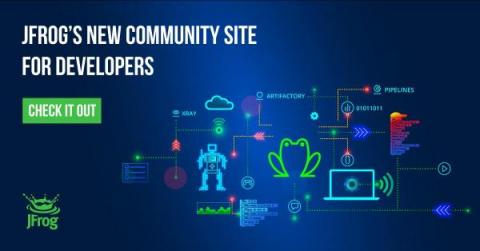Build private CircleCI orbs on any organization
Using CircleCI’s orbs is a great way to share CI/CD configuration across projects. Public orbs work well for wide adoption, but private orbs have been helpful for organizations needing to share common internal configuration in a secure, non-public way. Private orbs work only within the organization that publishes them. We recently opened up private orbs access to all CircleCI customers, including those on the Free plan.











